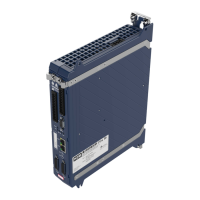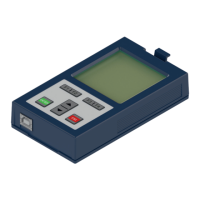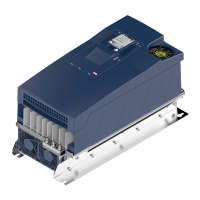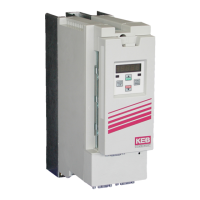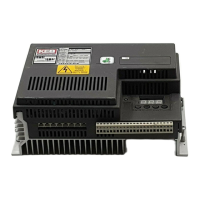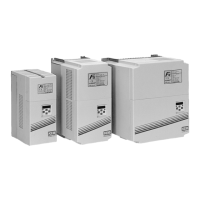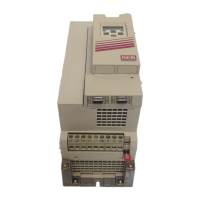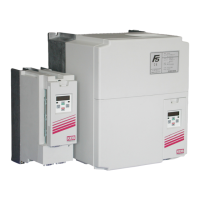4.4.22.1.3.2 Control to constant torque
If a mains power failure is detected, the power flow to the motor is interrupted and
the motor is brought into regenerative operation. The power fed back into the DC
link is determined by the specified braking torque. In this operating mode, the DC
link voltage increases continuously up to the tripping level of the braking transistor.
If no braking resistor is used, the DC link voltage increases up to the overvoltage
level.
The control to constant torque is used in applications where the drive shall be shut-
down as quickly as possible when a mains power failure is detected.
In the operating mode - control to constant torque - a braking resistor or an
external braking module must be used to limit the DC link voltage.
4.4.22.2 Restrictions due to the control model
The power-off function can be used in the following modes:
Voltage-/frequency characteristic
even with activated power-off function no
change into the state "Power-Off active"
Operation with encoder without motor model
Operation with encoder and motor model
PowerOff Uic-Ctrl only works in speed ranges
where the motor model is also activated
(ds41).
4.4.22.3 System recovery
There are two options for system recovery:
• the restart speed was not fallen below, then the drive can be operated again
• when it has left the "operational enable" state. The stopping level is irrelevant
here.
• The restart speed was fallen below, starting from the stopping level, the system
switches into speed-controlled operation and decelerates to low speed at the
standard ramp (co-group) and the standard torque limit (cs-group).
4.4.22.4 End of power-off function
The deactivation time expires when the setpoint speed NULL is reached in the
stopping mode. Afterwards the status changes to "Fault".

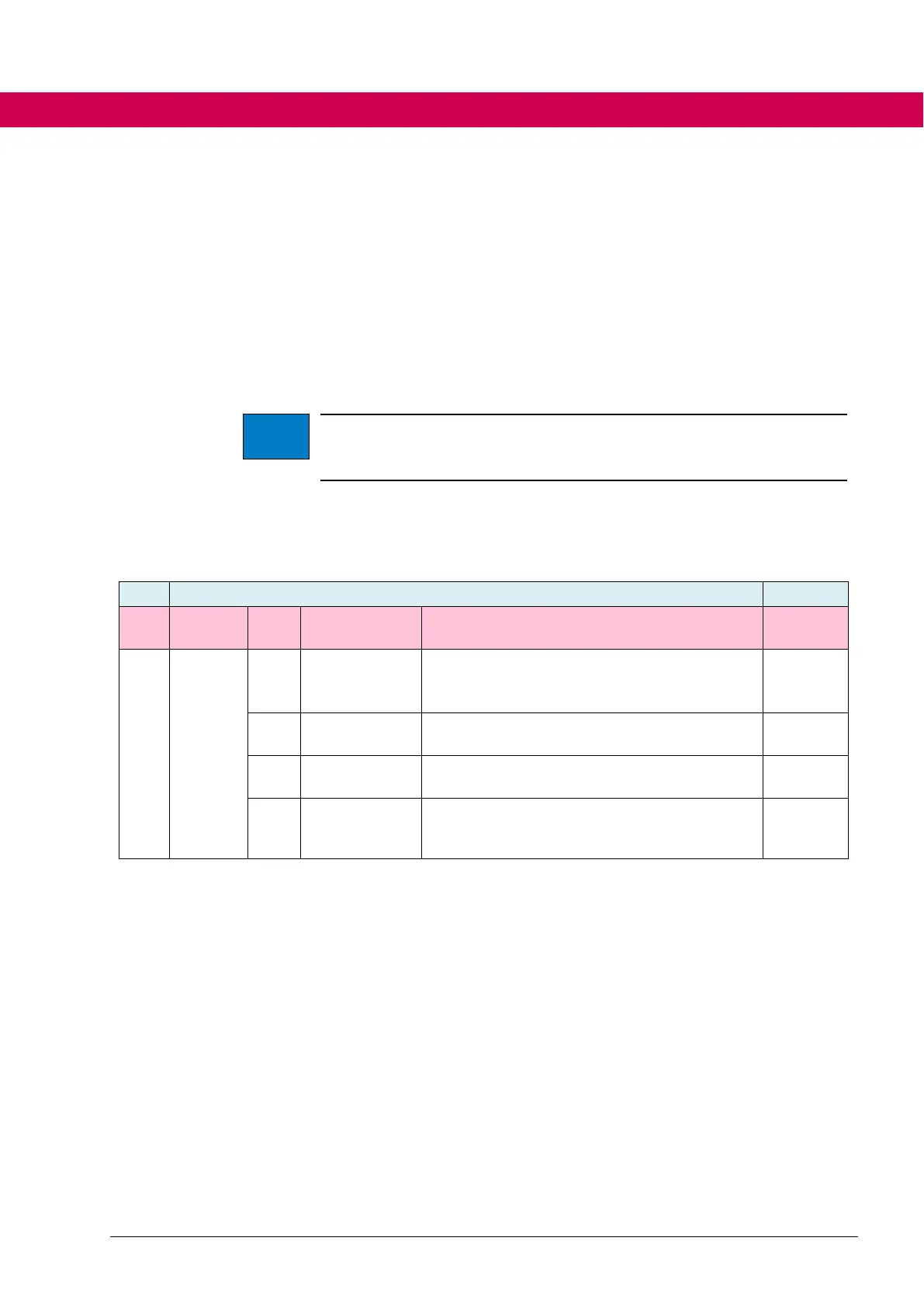